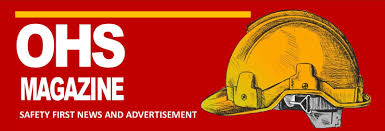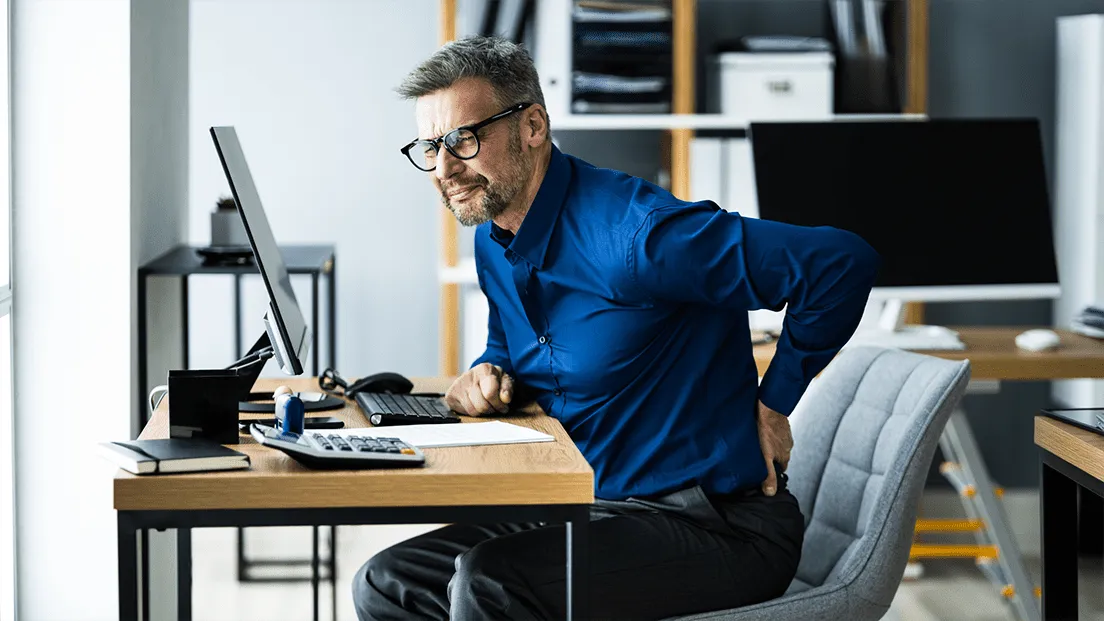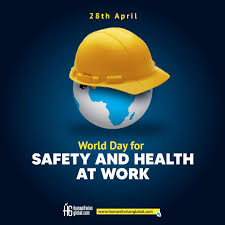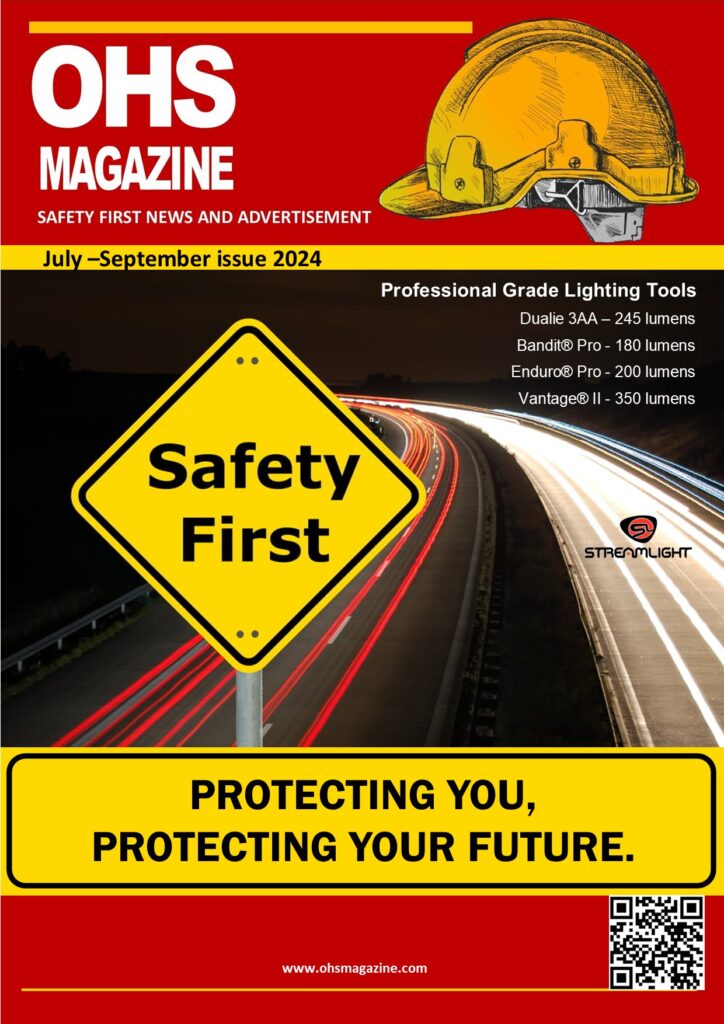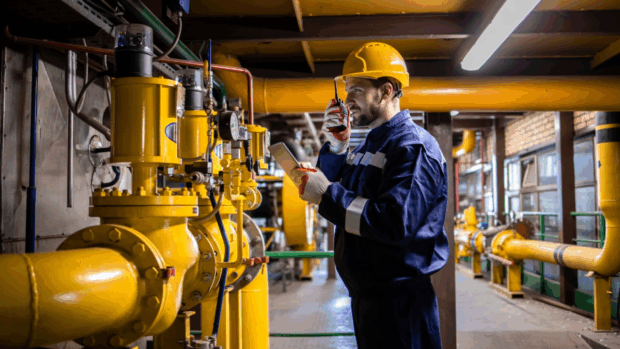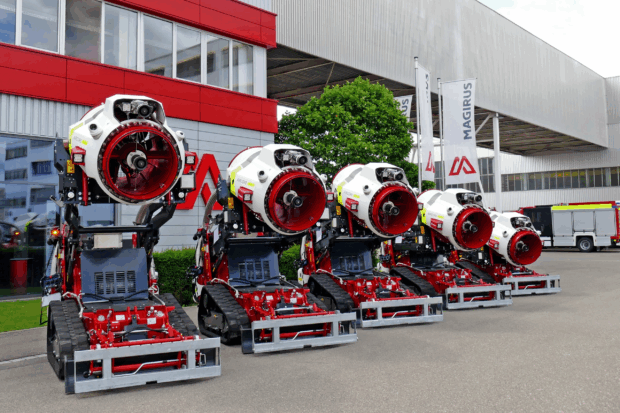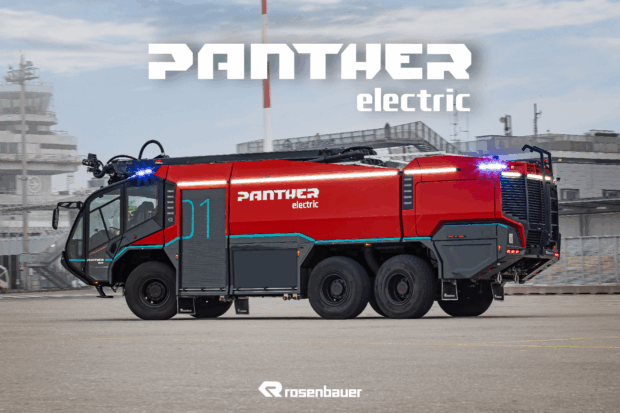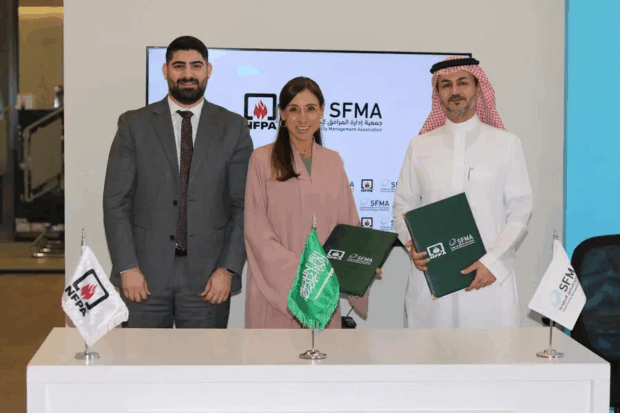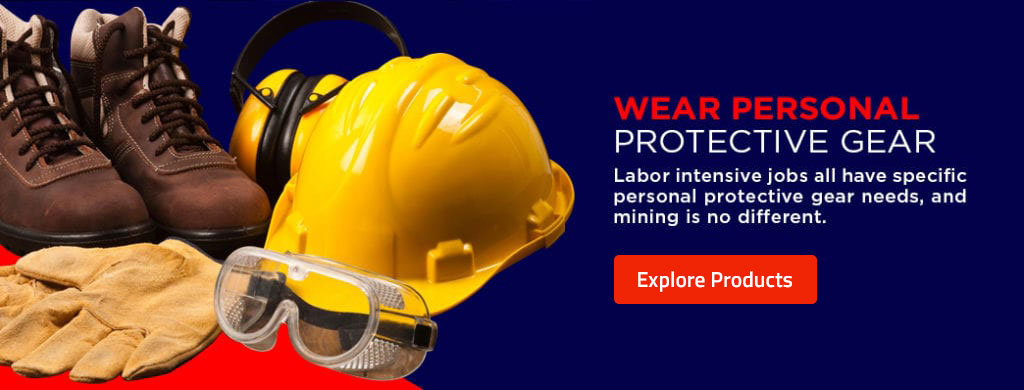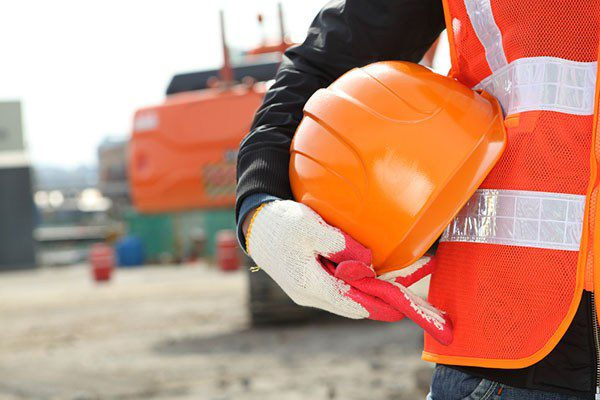Ergonomics and Workplace Design: Preventing Injuries Through Better Planning.In today’s fast-paced world, where work environments range from bustling offices to industrial factories, the importance of ergonomic workplace design cannot be overstated. Poorly planned workspaces contribute to a significant number of musculoskeletal injuries, employee burnout, and decreased productivity. On the other hand, incorporating ergonomic principles can not only prevent injuries but also foster a healthier and more efficient workforce.
The Rise of Workplace-Related Injuries
According to the Occupational Safety and Health Administration (OSHA), musculoskeletal disorders (MSDs) account for a significant portion of work-related injuries. These conditions, often caused by repetitive motions, poor posture, and inadequate workstation setups, can result in chronic pain and long-term disability. Industries such as manufacturing, healthcare, and even office-based roles are particularly susceptible to these issues.
“Workplace injuries related to ergonomics are often preventable with better design and planning,” says Dr. Emily Carter, an ergonomics expert. “Simple changes like adjustable chairs, appropriate desk heights, and better tool placement can drastically reduce the risk of strain and injury.”
The Principles of Ergonomic Design
Ergonomics focuses on creating a harmony between workers and their environments. Key principles include:
- Adjustability: Providing adjustable furniture and equipment ensures employees can tailor their workspace to suit their body’s needs.
- Workstation Design: Arranging tools, monitors, and accessories to reduce excessive reaching, bending, or twisting.
- Movement Encouragement: Designing spaces that encourage employees to move, stretch, and change positions frequently.
- Lighting and Visual Comfort: Adequate lighting and screen glare reduction to prevent eye strain and headaches.
Technological Advancements in Ergonomics
Modern technology has paved the way for innovative ergonomic solutions. Sit-stand desks, ergonomic keyboards, and even wearable technology that monitors posture are becoming commonplace. Additionally, artificial intelligence and virtual reality tools are being used to analyze and optimize workstation setups, reducing risks before they arise.
Economic and Productivity Benefits
Investing in ergonomic workplace design is not only about preventing injuries—it also makes financial sense. A report by the National Institute for Occupational Safety and Health (NIOSH) found that businesses implementing ergonomic improvements saw a 25% reduction in employee absenteeism and a 15% increase in overall productivity.
“Ergonomics is an investment in people, and people are a company’s most valuable asset,” says John Richards, a workplace consultant. “Happy, healthy employees are more engaged and less likely to take time off due to injury.”
Practical Tips for Employers
Employers can take several steps to improve workplace ergonomics:
- Conduct Ergonomic Assessments: Regularly evaluate workstations for potential risks and adjust them accordingly.
- Provide Training: Educate employees on the importance of good posture and proper workstation use.
- Encourage Feedback: Create a culture where employees feel comfortable sharing their concerns about discomfort or workspace inefficiencies.
The Future of Ergonomic Design
As the nature of work evolves with remote setups and hybrid models, ergonomic design remains a critical consideration. Organizations must extend these principles beyond traditional office spaces, ensuring home offices and flexible work environments are equally supportive.
In conclusion, ergonomics is no longer a luxury but a necessity in workplace design. By prioritizing better planning and leveraging modern tools, companies can create environments where employees thrive physically and mentally, paving the way for a safer and more productive future.
